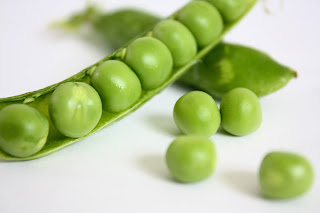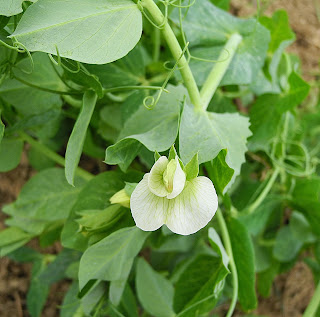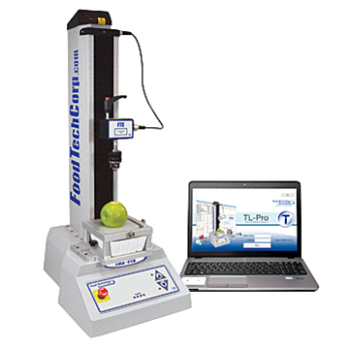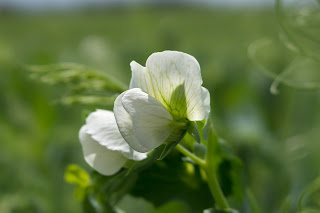horticulture guruji
Pea Cultivation
Pea, (Pisum sativum), likewise called garden pea, herbaceous annual plant in the family Fabaceae, cultivated basically worldwide for its eatable seeds. Peas can be used fresh as well as canned, or frozen, and dried peas are usually utilized in soups and as a vegetable. In India, it is a common vegetable in winter and is rich in protein and fibre. In this chapter, you will learn its cultivation.
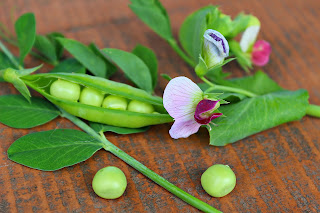
Other Name: – Matar, Mutter, Motor mah, Watana, Bataneelu, Pattani, Batani
Botanical Name: – Pisum sativum
Family: – Leguminoceae
Chromosome No.: – 2n=14
Origin: – Central Asia
Area and Production
- In India, it is cultivated in UP, MP, Himachal Pradesh, Punjab, Haryana, Rajasthan, Orissa, Jharkhand, Maharashtra, and Karnataka.
|
S.No. |
States |
2018 |
|
|
Area (000 ha) |
Production (000 MT) |
||
|
1. |
Uttar Pradesh |
221.00 |
2511.38 |
|
2. |
Madhya Pradesh |
94.99 |
961.55 |
|
3. |
Punjab |
37.62 |
394.00 |
|
4. |
Assam |
30.97 |
28.87 |
|
5 |
Himachal Pradesh |
24.37 |
294.96 |
|
6. |
West Bengal |
22.15 |
144.25 |
|
|
Other |
109.38 |
1087.13 |
|
|
Total |
540.48 |
5422.14 |
Watch Lecture Video

Important points
- Pea is a self-pollinated crop.
- A toxic substance present in pea is Trypsin inhibitor.
- The botanical name of field pea- Pisum arvense.
- Hybrid varieties are not common in pea due to less no. of seed per pod.
- Tendrometer is used to measure the maturity of a pea.
- Pea contains 72.00 gm moisture, 7.20gm protein, 15.80 gm carbohydrates, 4.00gm fibre and 139 IU vitamin A per 100g edible portion.
Variety
- Introduction
Bonneville:- Suitable for dehydration
Sylvia:- Pods also edible
Early Badger
Arkel (from England)
Little marvel
Perfection new line
Lincoln
Early Superb
Meteoror
2. Selection
Arka Ajit:- Resistant to PW and rust
Palam Priya: – Resistant to Powdery mildew
Asauji
Pant Upkar
Harbhajan: – Extreme early
3. Other Varieties
Mithiphali:- Pods also edible
JP-19: – Pods are edible
UN-53: – Edible pods
Jawahar Matar 1: – Mid Season T19 X Greater Progress
Jawahar Matar 2: – Mid Season Greater Progress X Russian 2
Jawahar Matar 3: – T 19 X Ealy Badger
Jawahar Matar 4: – T19 X Little Marvel
PM 2: -Early Bedger X IP 3 Susceptible to powdery mildew
Hissar Harit (PH-1): – early variety
Pant Sabji Matar-3 Arkel X Early Bedger
Punjab 87
Punjab 66
Punjab 8
Narrow Fat
Thomes Laxtons
Telephone
Climate
Pea is cool season crop and cultivated temperate, sub-tropical areas. Pea is sensitive to high temperature. A temperature of about 100 to 180C is best to get a higher yield. It is badly affected at flowering or immature pods stage by frost.
Soil
Pea can be cultivated in all types of soils from light sandy to heavy clay soils. Well-drained, loose, sandy loam soil is best to get a high yield. The pH range for pea is between 5.5 to 6.5.
Seed Rate and seed Treatment
The seed rate of pea depends on the growing season. The seed rate for early varieties about 100-120 Kg /ha. And the seed rate for Mid or Late varieties should be kept about 80-90 Kg/ha.
Before sowing, seeds are treated with Captan or Thiram @2gm/Kg seed and also with Rhizobium culture.
Sowing time
- In plains of North India, sowing of seed is done for early crop September- October, and Maincrop are sown from the first week of October to the second week of November.
- In the Hills, the sowing is done from March to May.
Field Preparation
The field should be plough once with soil turning plough and later 3-4 time with desi plough or cultivator to make the soil better.
Sowing
Generally, the pea is sown on raised beds 120 to 150 cm wide with furrows between them for irrigation. Seeds should be sown on the edges of the bed. Plant to plant spacing is kept about 2.5 – 3.75 cm. Irrigate crop immediately after sowing.
Manure and Fertilizers
At the time of the last ploughing, about 20-25 tons of FYM is mixed with soil. Pea is a leguminous crop; it has root nodules in which atmospheric nitrogen fixation bacteria leave. Due to these bacteria nitrogen requirement is very low for this crop. The recommended dose of Nitrogen 20Kg/ha, Phosphorus 40Kg/ha., and Potash 40Kg/ha. A full dose of all fertilizers should be applied at the time of sowing.
Irrigation
The water requirement of pea is very low. Pea requires 2-3 irrigation at their entire life cycle. Only in dry weather irrigate crop at weekly interval otherwise it irrigates at 10-15 days interval. In a crop submerged with water for a long-time plant become yellow.
Weeding
At the initial stage, plant growth is very slow so at this stage 1-2 weeding is necessary to keep the field weed-free. Besides that, pre-sowing application of 2-3 litter /ha. Basalin or Stamp or Beutachlore controls most of the weeds.
Harvesting
The green pods are ready to harvest after 45 to 60 days of sowing depending on the varieties. Picking of pods is done by hand at 7 to 10 days interval. Peas are harvested when the young tender pods are well filled with the tender seeds. At that time pod colour also change from dark green to light.
Yield
The yield of green pods from early varieties around 30 -40 q/ha. And from mid and late varieties it is 60 – 100 q /ha.
Disease Management
- Anthracnose (Colletotrichum lindemuthianum):-The early indications of contamination are the presence of block red to purplish-red staining along the veins on the lower surface of the leaves followed by comparable side effects on the upper leaf surface. On the stem, the injuries are at first oval which later broadens and have depressed cankerous focus. The spots on leaves and cases extend and produce small, dark-hued acervuli in the middle which under damp conditions overflow out gooey beads comprising of a mass of pinkish spores.
Control
- Use healthy seeds
- Follow clean cultivation
- Avoid overhead irrigation
- Seeds should be treated with captan or Thiram @2gm/kg seed before sowing.
- To control disease spray with copper fungicides like Diathane Z 78, Benlate, etc.
2. Powdery Mildew (Erysiphe polygoni):- Growth of white powder was observed on the leaves, stem, and other parts of the plant. When there is more outbreak, the entire plant dries up.
Control
- Apply sulphur dust or karthane on the affected plants.
3. Wilt (Fusarium oxysporum pv. pisi):- Initial symptoms are seen on leaves they turn yellowish and hang down. Due to this, the plant growth stops. When the plant is uprooted, the roots of the plant appear dark black.
Control
- Before sowing seeds are treated with thiram or carbendazim @2gm/Kg seed.
- Follow crop rotation.
- Kept field weed-free.
4. Bacterial blight (Pseudomonas syringae pv. pisi):– Symptoms are seen on leaves, stem, and pods, water-soaked lesions usually developed into large irregular areas. Later they become dark brown at the edge and a lighter shade of brown at the centre. The tender pods are chocolate brown, thin, twisted, and shrivelled, lesions are large on older pods. Dried bacterial ooze makes the pod surface glossy.
Control
- Follow crop rotation.
- Use healthy seeds.
- Follow clean cultivation.
- Kept recommended plant spacing.
- Before sowing seeds are treated with Streptocycline @ 250ppm for 2 hours.
- Spray Streptocycline 100ppm at 7 days interval.
Pest Management
- Pod borer:- pod borer is a major pest of a pea. The larva of this insect eats the surface of the pod. After that, it bore the pod and eat seeds.
Control
- Spray Endosulphan 35 EC @02% to control the insect.
2. Jasid (Empoasca tabae):- This pest shows specific symptoms like ‘hopper burn’ on the crop. In the fatal attack of this insect, the margin of the leaf becomes yellow and the leaves become wavy.
Control
- Spray crop with phosphomidone or oxymethyl demetone 0.5%.
3. Aphid (Aphis craciuora):- Aphids suck the sap from the tender parts of the plant, resulting in the curling of leaves, twisting of twigs, and sometimes the falling of flowers.
Control
- To control aphid, spray the phosphomidone 0.5% on the crop.
